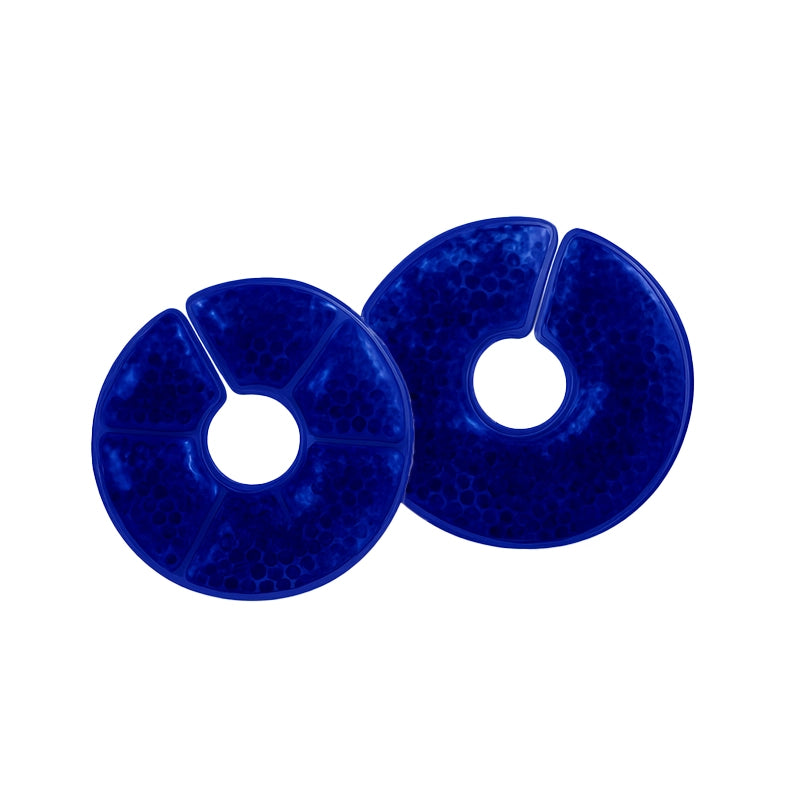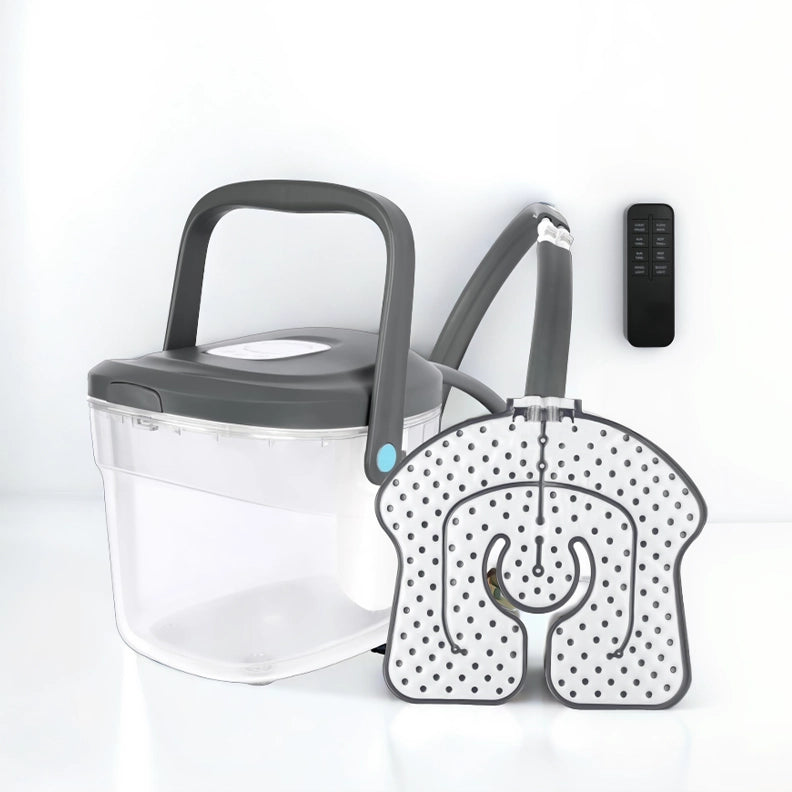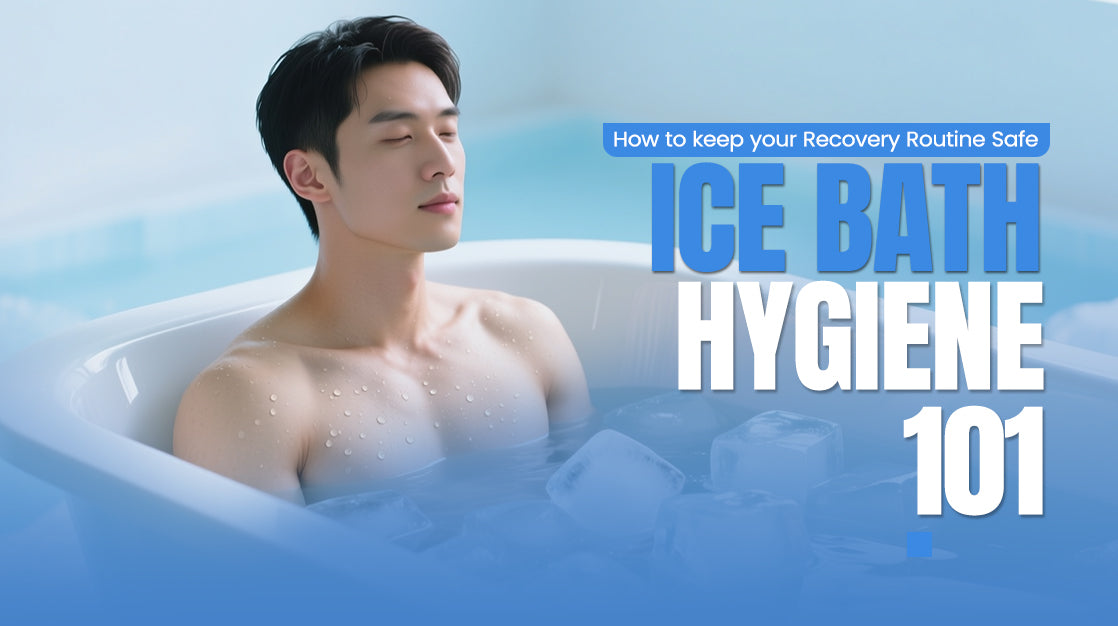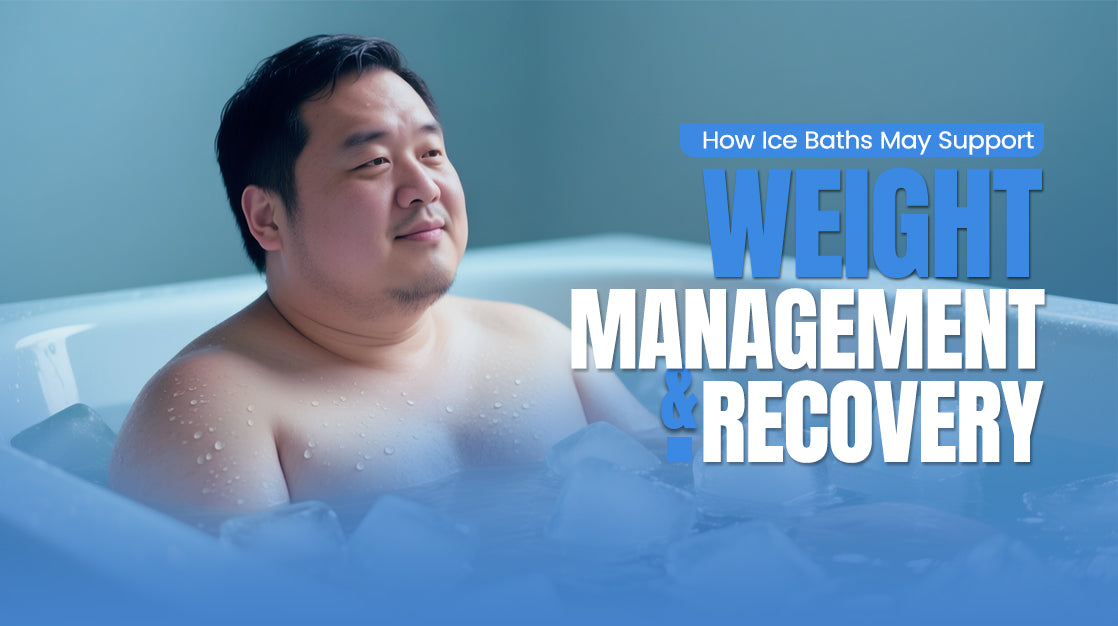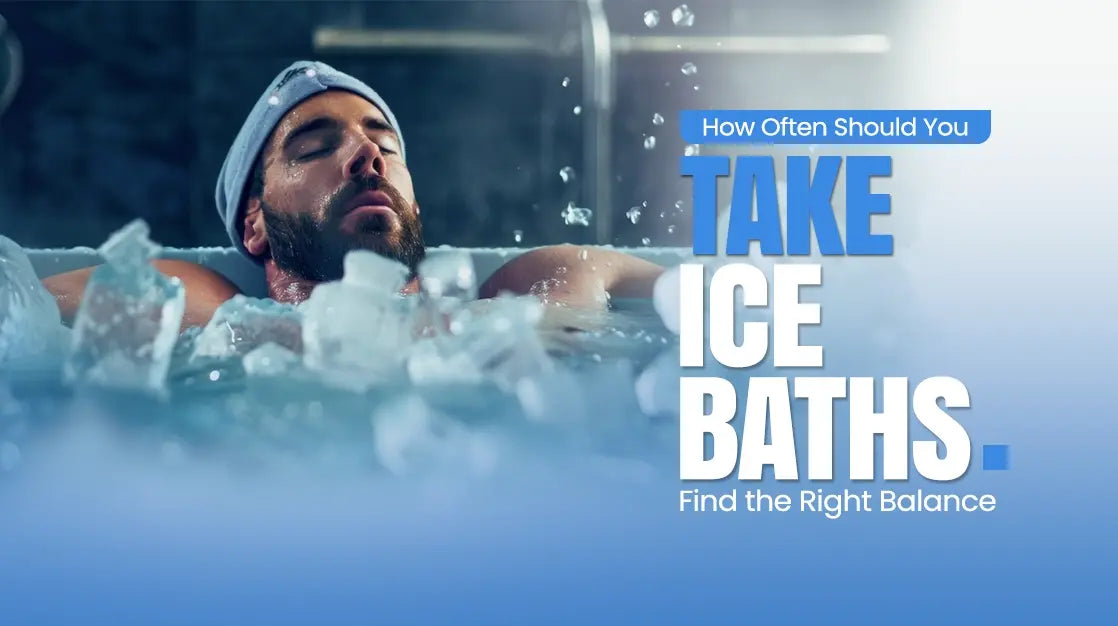
Here’s what happened when I sat in an ice bath for the very first time: I immediately thought that I had made a terrible mistake. My toes went numb, and my brain screamed at me to get out. But then, I decided against all the odds, and I stayed. I breathed through it, my heart slowed, and when I finally climbed out, I felt lighter, and calmer. The moment is why so many of us keep coming back to cold plunges; they’re uncomfortable at first, but the reward feels worth it.
But here’s the thing nobody told me before I got hooked - the bath itself can get pretty gross if you’re not careful, and I learned it the hard way. After a week of daily plunges, I lifted the lid one morning, and the water had this cloudy look to it, like an old fish tank - not precisely the kind of reset you want for your body.
That very moment was my wake-up call. Although recovery is about healing, if the water isn’t clean, you’re actually putting yourself at risk, so how to keep ice bath water clean, not in a clinical, step-by-step way, but in a way that makes sense if you’re using one regularly.
When Clean Water Becomes The Culprit
These are all the things that happen to you after a workout - sweat dripping down your back, that gritty salt crust on your skin, dust from the gym floor, maybe grass or mud from the field. You can’t see all of it, but it’s there, and the second you lower yourself into the bath, all of that comes along for the ride. The water doesn’t magically reset between sessions; in fact, it just holds onto what you give it.
Cold water slows bacteria down but doesn’t kill them, so food still spoils in a fridge. I didn’t realize this at first, and I used to assume the cold made the bath “self-cleaning.” It doesn’t! If you leave it, the water will start to smell, and you might get skin irritation or breakouts. Suddenly, the thing that’s supposed to help you heal is giving you new problems.
The Shower Trick That Changed Everything
The most underrated part of this whole process is what you do before you ever get in. I used to climb straight into my plunge after workouts, still dripping with sweat, which is probably why my water turned cloudy so quickly.
Now, I’ve made it a rule to rinse first, quickly, and plunge second. Even if it’s just a sixty-second shower, rinsing off the sweat and dirt keeps the water fresher. The first time I tried this, I was shocked at how much longer the water stayed clear, it felt like such a small change, but it saved me from dumping and refilling the tub every other day.
It’s not glamorous advice, I know. But it’s one of those little habits that pays off over time.
The Balance Needed in Ice Baths
Of course, rinsing only does so much because, obviously, if you’re plunging often, the water itself needs help. Some people dump and refill constantly, but if you’re using a bigger tub, that’s a lot of water and a lot of effort.
I experimented with a filter and, honestly, it works better than I expected. They pull out hair, skin flakes, and the tiny stuff you’d rather not see floating around with you. But, filters can’t handle bacteria independently, so we need sanitizers.
I’m not a fan of sitting in a chlorine soup because my skin hates it, so I use hydrogen peroxide instead. Just a small dose helps keep things balanced without making the water smell like a hotel pool, there are also cleaning tablets made specifically for cold plunges that work pretty well. The trick is to add enough to keep the water safe, not so much that you’re bathing in chemicals.
Up Your Experience
Another lesson I learned is that, if the water looks clean, it is not necessarily so. After a week of lazy plunging, I noticed a slimy film starting to build up around the edges. It was like the ghost of all the sweat and oils I thought the filter had taken care of.
Now, I make cleaning part of the rhythm. Every few days, I drain the tub, scrub it with something mild, rinse it out, and let it dry. It’s like brushing your teeth - you don’t always feel like doing it, but you’re grateful you did afterwards. When the tub is clean, the whole experience feels different.
Lock Your Location
Your ice bath placement plays a big role; mine used to sit outside under a tree, and I can’t even tell you how many leaves and bugs ended up floating in it. Covering the tub and moving it to a cleaner spot cuts that problem down, but if you’re keeping it indoors, make sure it’s not sitting somewhere warm, because heat speeds up bacterial growth.
A cover is your best friend either way because it keeps the water cooler, cleaner, and free from random surprises.
How Often Should You Change the Water?
This is the question everybody asks, and the answer varies person to person. Daily plungers who rinse first and use filters can probably stretch their water for three to four days. If you’re not using anything to help, you might be dumping it out after every other plunge.
Here’s my personal rule - if the water looks cloudy, feels slimy, or smells even slightly off, it’s time for a change. Don’t negotiate with it; the moment it feels questionable, it’s not worth the risk.
What Do I Think?
An ice bath should leave you feeling restored, not worried about what’s floating around in the water. If you’ve hesitated before plunging because the tub looked sketchy, you already know how much hygiene matters.
So the next time you set up your cold plunge, remember to follow my guide on how to keep ice bath water clean. The cold will test your body, yes! but the cleanliness is what keeps it safe. My advice is to take both seriously.

